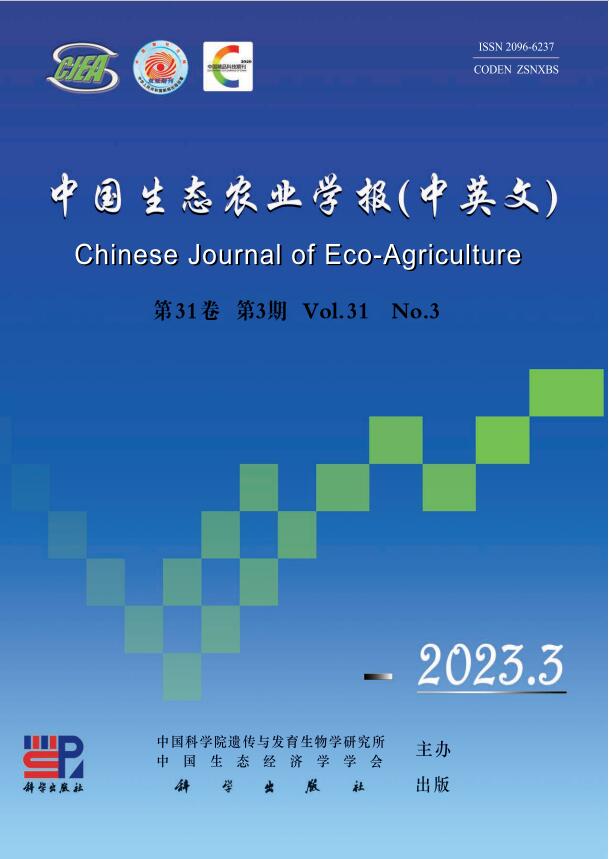Abstract:
Field plot trials involving 7 fertilization modes (non-fertilizer, chemical fertilizer as base manure, chemical fertilizer as half-base manure and half-dressing manure, chemical fertilizer and dicyandiamide as base manure, chemical fertilizer and dicyandiamide as half-base manure and half-dressing manure, combined chemical fertilizer and organic manure, and organic manure) were conducted under rain-fed conditions. Then the effect of the fertilization modes on plant height, weight, yield, as well as nitrogen, phosphorus and potassium accumulation, fertilizer utilization ratio, and loss of nitrate-N, ammonia-N and water-soluble-P in vegetable fields was investigated. Compared with the control treatment, results show that two fertilization modes (combined chemical fertilizer and organic manure, chemical fertilizer and dicyandiamide as half-base manure and half-dressing manure), improve plant agri-properties, respectively increase vegetable yield by 154.44% and 172.18%, enhance nitrogen, phosphorus and potassium accumulation in vegetables by 183.20% and 327.21%, 310.49% and 247.67%, 205.95% and 189.39% respectively. The two application modes also decrease the total amount of nitrate-N and ammonia-N, and water-soluble-P loss via runoff in vegetable fields by 63.10% and 56.53%, 39.97% and 48.44% respectively. Consequently, agro-non-point sources pollution from vegetable fields significantly drop under the two fertilization modes. Therefore, the two fertilization modes should be adopted in future vegetable production. If chemical fertilizer is as base manure, loss of nitrate-N, ammonia-N and water-soluble-P via runoff would increase.










